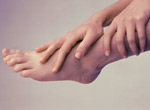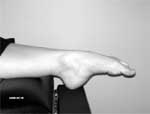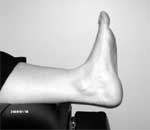For each of our patients we provide an assessment report for the referring physician(s). This is simply a quick reference to clarify terms we use frequently while some or all of the terminology may be familiar to you we wanted to be through. As always if you have any questions please give us a call.
Clinical Observation Terminology
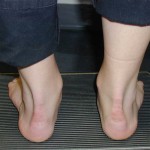
Excessive Pronation – triplanar motion of abduction, eversion and dorsiflexion
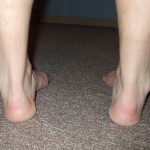
Excessive Supination – triplanar motion of adduction, inversion and plantarflexion
adduction – movement or deformity in the transverse plane toward the median
abduction – movement or deformity in the transverse plane away from median
eversion – movement in the frontal plane towards the midline
inversion – movement in the frontal plane away from the midline
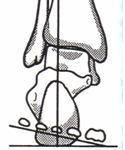
Forefoot Valgus
valgus – position of eversion, deformity in the frontal plane
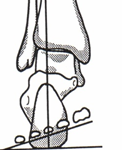
Forefoot Varus
Varus – position of inversion, deformity in the frontal plane
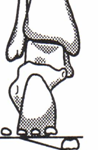
Plantarflexed First Ra
plantarflexed / plantarflexion – downward position / movement in the sagittal plane
dorsiflexed / dorsiflexion – upward position / movement in the sagittal plane
internal rotation – movement around the vertical axis so anterior aspect faces towards median
external rotation – movement around vertical axis so anterior aspect faces away from median
circumduction – movement in circular pattern combining flexion, extension, abduction and adduction
Orthotic Terminology:
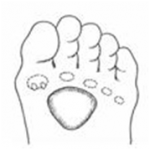
Metatarsal Pad: placed proximal to the metatarsal heads to support the transverse arch and unload the central metatarsal heads
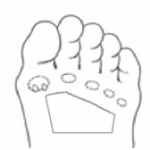
Metatarsal Bar – placed proximal to the metatarsal heads to
support the transverse arch and unload 1-5 or 2-5 metatarsal heads
Casting
Casting is the process of capturing the 3D shape of the foot in the corrected position. At ABLE, we choose the method that will allow the best results for each patient’s individual needs. Our casting methods include:
- direct mold – the material that will become the shell of the orthotic is heated and wrapped around the foot directly; semi-weight-bearing or full weight-bearing
- foam box – patients foot is pressed into a box of compressible foam by the pedorthist; semi-weight-bearing
- plaster bandage – strips of plaster of Paris are wrapped around the foot; non-weight-bearing
- laser scanner – electronic imaging matched with AutoCAD software and milling machine
Materials
At ABLE, we have more than 40 different material combinations to choose from when we design each orthotic device and we select the appropriate materials based on the patient’s needs. Options include:
- Accommodative
- corrective
- cushion
- semi-rigid
- rigid
Filed under: Articles for Healthcare Professionals by ABLE Orthotics
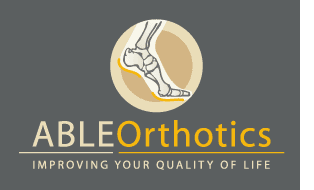

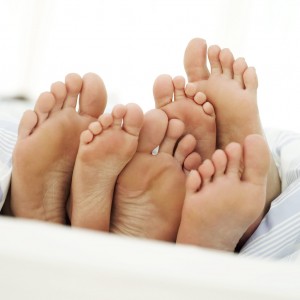
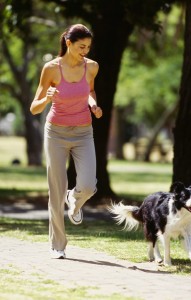








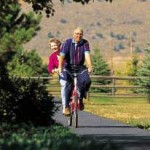 Today, there are an estimated 2 million Canadians living with Diabetes and 60,000 new cases of diagnosed Diabetes every year. Many more people display undiagnosed symptoms that can lead to this terrible disease. The incidence of diabetes is on the rise! Our focus at ABLE is to help you stay active and healthy; so you can enjoy life. For the Diabetic, applied knowledge and diligence towards foot care can have a dramatic impact on your quality of life.
Today, there are an estimated 2 million Canadians living with Diabetes and 60,000 new cases of diagnosed Diabetes every year. Many more people display undiagnosed symptoms that can lead to this terrible disease. The incidence of diabetes is on the rise! Our focus at ABLE is to help you stay active and healthy; so you can enjoy life. For the Diabetic, applied knowledge and diligence towards foot care can have a dramatic impact on your quality of life.